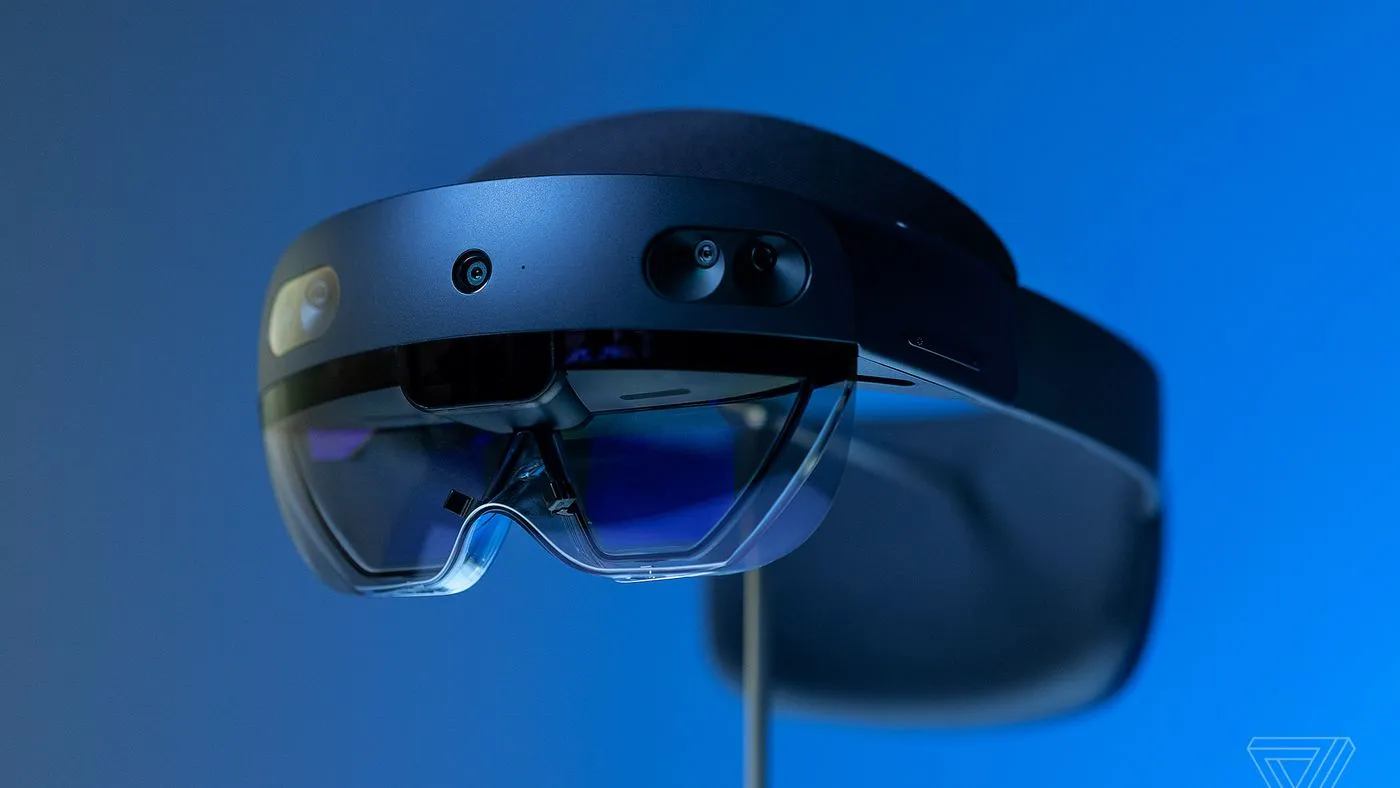HoloLens and Microsoft's Ongoing Hardware Challenges

The Rise and Fall of HoloLens
HoloLens is a noteworthy case of ambitious innovation hitting roadblocks. In 2015, Microsoft's mixed reality headset captivated audiences during initial demonstrations, offering a glimpse of augmented reality integrated seamlessly into real-world settings. However, the transition to actual consumer availability revealed limitations.
Initial Reception and Development
The first-generation HoloLens debuted at $3,000 in 2016, boasting impressive demos that promised a future where digital content could interact with physical spaces. But performance and usability issues emerged, leading to diminished user interest and adoption.
- Workforce Returns to HoloLens Team
- Military Contracts Affect Corporate Reputation
- Shift Away from Consumer Market
HoloLens 2: Attempting to Revive Interest
Arriving in 2019 at a steeper price of $3,500, HoloLens 2 aimed for a corporate audience but struggled amidst rising competition and shifting market dynamics.
- Enhanced with a better field of view and eye-tracking
- Targeted primarily at enterprise use cases
- Declining consumer engagement and mixed reception
Future Prospects and the Path Ahead
With ongoing layoffs and a redirection of focus to software and virtual platforms, Microsoft's hardware initiatives appear to be retreating. Anticipated future developments involve possible partnerships to enter the market with new competitors. However, many tech enthusiasts remain skeptical regarding Microsoft's mixed reality strategy and its ability to regain consumer confidence.
This article was prepared using information from open sources in accordance with the principles of Ethical Policy. The editorial team is not responsible for absolute accuracy, as it relies on data from the sources referenced.